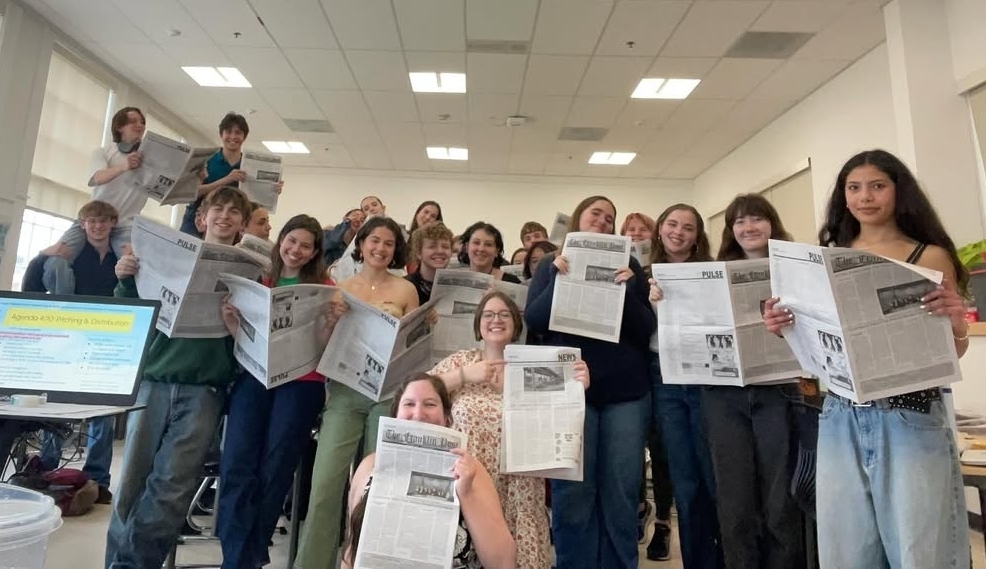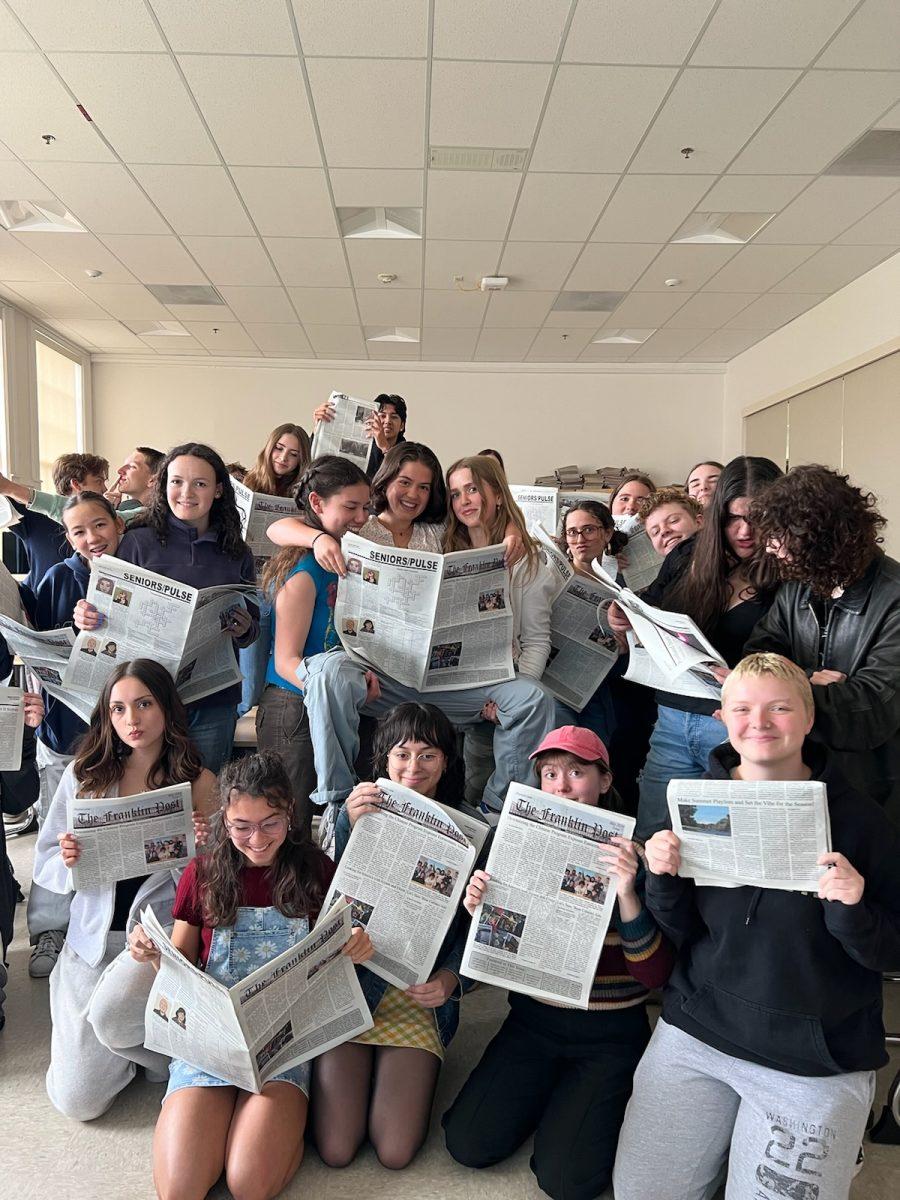
Politics is supposed to be about who gets to make decisions and represent the people. But really, politics is about appearances. No practice is more about sounding good, and less about policy substance, than the political dodge. Let’s look at five ways politicians avoid the hard questions.
1. THE PIVOT: Don’t like the question? Answer a different one.
Marc Lacey: “You have not specified how you’re going to pay for … Medicare-For-All. Will you raise taxes on the middle class to pay for it?”
Elizabeth Warren: “I have made clear what my principals are here … costs will go up for the wealthy, they will go up for big corporations, and for middle class families costs will go down. I will not sign a bill into law that does not lower costs for middle class families.”
This one is easier than you’d expect. In fact, most of the time no one even notices. The most common way to pivot off a question is just by answering a different question. Here, Warren responds as if the question was about costs rather than taxes.
As long as the answer is somewhat related, viewers will respond positively, according to Harvard political scientist Todd Rogers. In his research, he put the same politician’s answer after three different questions. One question tied directly to the answer, another only somewhat, and the third had nothing to do with the response the politician gave. As long as the answer was partially related, he found that viewers were likely to see the politician as likable and competent. “This led Rogers to the conclusion that people are capable of detecting dodges—but only if they’re egregious. They don’t seem capable of detecting subtle evasions,” writes NPR’s Alix Spiegel.
So long as you find a way to connect it to the question, your answer can go anywhere you need it to, and no one will really care.
2. ATTACK THE QUESTION: Find a flaw and use it to dodge the question.
Chris Wallace: “Now that the full House, this week, has voted to approve and continue the impeachment inquiry, will President Trump stop blocking current and former administration officials from testifying?”
Kellyanne Conway: “Well, a little fact check there, the full House did not vote to authorize an impeachment inquiry, just the Democrats did…”
Wallace’s question here was about Trump’s refusal to allow high-ranking witnesses to testify in front of Congress. But when Conway attacks the question, the whole conversation shifts away from Trump’s witness block and towards partisan divides over impeachment.
Elisa Wong, Franklin’s AP Language and Composition teacher, calls this a type of focusing move. “They’ll try to either not answer a whole question, or steer it into like a fine point of a little idea from the question that they can answer to try to control the narrative,” says Wong. “That’s one way of not answering the question.”
With this move, like the pivot, a politician can redirect the focus towards what they want to talk about.
3. OUTRIGHT REFUSAL: Just don’t answer. It’s that simple.
Randi Kaye: “I’m asking you if it’s appropriate for a president to ask a foreign power to investigate his domestic political rival?”
Sen. Joni Ernst: “I would say that I don’t know that we have that information in front of us.”
Ernst had just been asked the same question twice, yet Kaye continued to push for a response. In this case, the Senator simply refused to answer the question, based on a lack of information.
This tactic is a last ditch effort. It doesn’t play well and doesn’t distract anyone. But when you don’t want to give an answer, it may come to this.
We saw another example in 2017 when Republicans tried to push through a bill repealing and replacing Obamacare with a plan that increased cost and decreased coverage for most Americans. Republican representatives physically hid from their constituents, skipping town halls. Former California Rep. Darrell Issa even went onto the roof of his office to avoid interacting with protesters. These are all forms of refusing to answer questions, and they were all used after exhausting other options.
No one wants this one to be pulled out of the political toolbelt, but it’s always there, waiting for a really sticky situation.
4. WHATABOUTISM: Point your finger at someone else and say “what about that?”
Donald Trump: “What about the alt-left, that came charging at the … alt-right. Do they have any semblance of guilt? What about the fact that they came charging with clubs in their hands, swinging clubs. Do they have any problem? I think they do.”
TIME calls whataboutism “Trump’s favorite dodge,” and the Washington Post says “We’ve gotten very good at what-abouting. The president has led the way.” Here, he displays it in full force after being asked to condemn the white-supremicists who rallied in Charlottesville, South Carolina.
The tactic started off as a Soviet propaganda tool, used to distract from its own problems by pointing at others—usually America. In fact, Russian president Vladimir Putin continues to do so. When asked about Russian election meddling, he said “you put your finger anywhere on a map of the world, and everywhere you will hear complaints that American officials are interfering in internal election processes.” Note that you don’t need to hear the words “what about” for this tactic to be employed.
But what does a politician mean when they use this move? It says it right there in the name: Whataboutism—or whataboutery—is all based on pointing the finger at another person (a political rival is best) and saying “what about them/that?” Essentially, it accuses another of hypocrisy, without doing anything to address the current issue.
Wong uses a myriad of rhetorical labels to describe whataboutism: deflection, ad hominem (to the person), false comparison, band-wagon appeal. “These are all tricks of the trade, of trying to not answer the question that’s asked of you because it could hurt you politically.”
5. WAIT IT OUT: Just wait for the interviewer to move on.
Kellyanne Conway: “… stop this catch and release, stop this sanctuary cities fighting—”
Judy Woodruff: “If I can just interrupt, and I hate to do that. But I have a number of things I want to ask you about…”
Conway is a master of this move. If you watch enough of her interviews, you see that the only time she stops talking is when interrupted by an interviewer to ask another question. So usually, her answers face little scrutiny, and she can move on to the next talking point.
Seth Gannon, a debate expert and founder of Speech Labs, recognizes the effectiveness of this strategy. “For the interviewer to insist again and again on the original question and to ignore ninety percent of what she’s said in the meantime is rude.”
In this way, politicians can run out the clock on tough questions.
Politicians are going to avoid questions. There’s no way around it. But with attention and focus, you can see right through their dodges. “It takes a little bit of patience,” says Wong, “and it takes some time to sit with a statement or a comment and to think about it.” With the current media environment of reactions within minutes, she thinks it’s harder than ever to take that time. But you don’t have to be “an expert in rhetoric,” or research logical fallacies. All it takes is some focus on, and some attention towards, what politicians say.
































